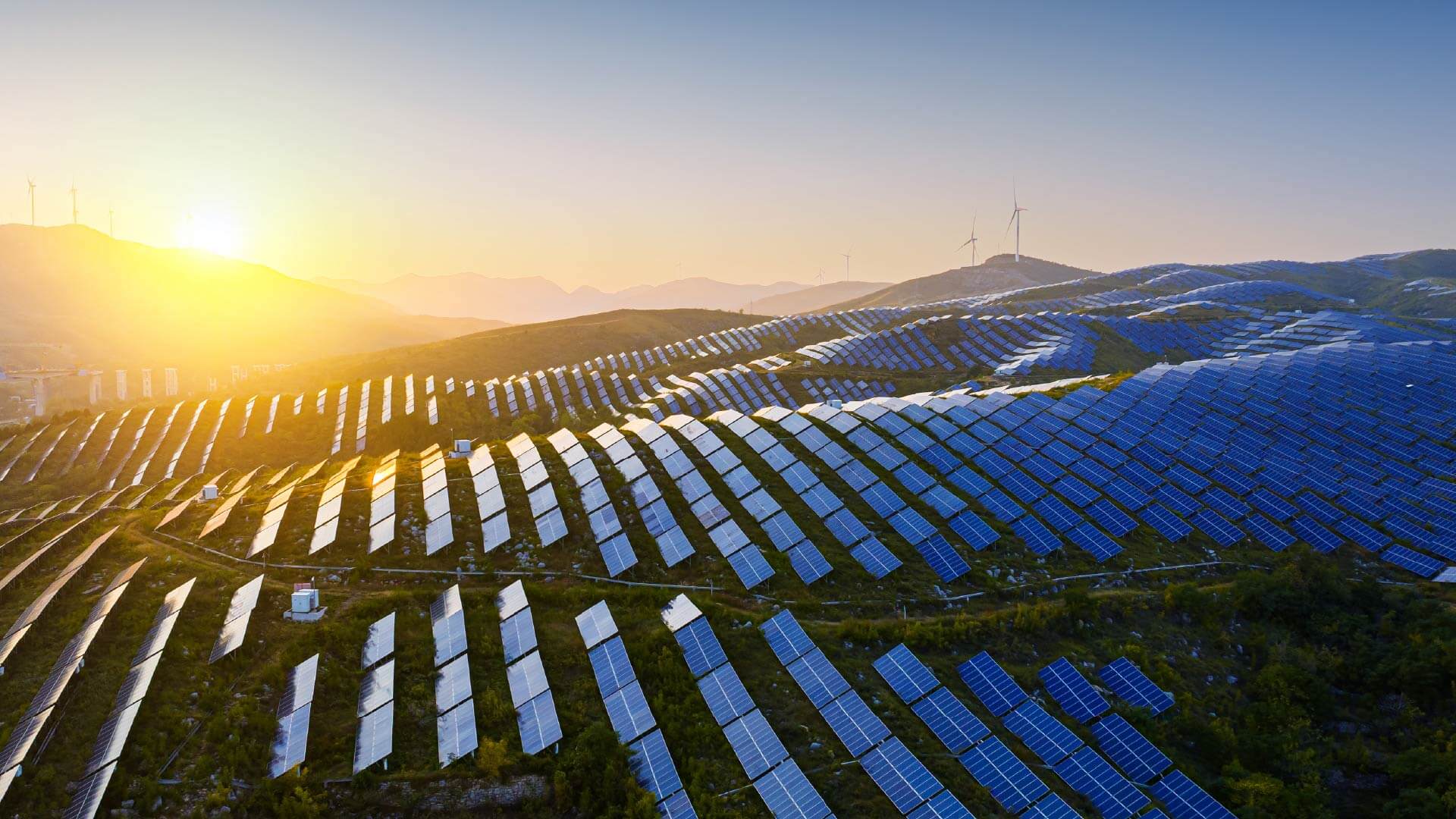The US Energy Transition Is Recalibrating – But It’s Not Over
It’s no surprise that the US energy transition has been in flux since President Trump resumed office. The passing of the One Big Beautiful Bill Act (OBBBA) will not only have significant tax implications, but will also reshape federal energy policy and reduce clean power installations by approximately 40% by 2027. While the picture is bleak, it’s not without opportunity.
In our report, Market Insight: US Energy Transition Investment Trends, we find that investors will continue to follow the path of least resistance, guided by a mix of federal and state-level incentives and market fundamentals. Rising electricity demand driven by electrification, industrial reshoring and rapid data centre expansion requires fast, affordable and scalable energy solutions. Supply chain delays mean natural gas turbines have waiting periods of 5 to 7 years. Meanwhile the electricity demand from data centres, which can be built in just 15 to 24 months, is growing at a rate of 10% per year through 2030. As a result, an increasingly number of data centre operators are turning to behind-the-meter (BTM) energy solutions to meet their energy needs.
Project developers are rushing to meet renewable energy tax credits by 2027, particularly for solar. Wind power faces additional hurdles posed by the Trump administration, from stop-work orders, to permit suspensions on federal land and water, to review of existing land leases. While cuts to new solar and wind projects are inevitable, investors will continue backing emission-free technologies as long as returns remain viable.
To meet long-term demand, emission-free sources, such as nuclear, geothermal and energy storage must be expanded. These technologies offer reliability and baseload capacity, which is essential as electrification accelerates and intermittent renewables saturate the grid.
Yet, the biggest bottleneck may be the grid itself. The US electric grid is not equipped to handle the forecasted surge in electricity demand or support a full-scale energy transition. Much of the infrastructure is operating beyond useful life, and decades of underinvestment are now surfacing. In its 2025 Report Card, the American Society of Civil Engineers (ASCE) gave the nation’s electrical infrastructure a D+, citing aging equipment, reliability risks and a $578 billion investment gap that must be closed by 2033 to modernize the grid and meet future needs. While grid modernization receives strong bipartisan support, urgent and coordinated investment in transmission and distribution lines is needed to scale emission-free sources just as they are needed most.
About The Author

Felicity Laird
Principal Analyst




